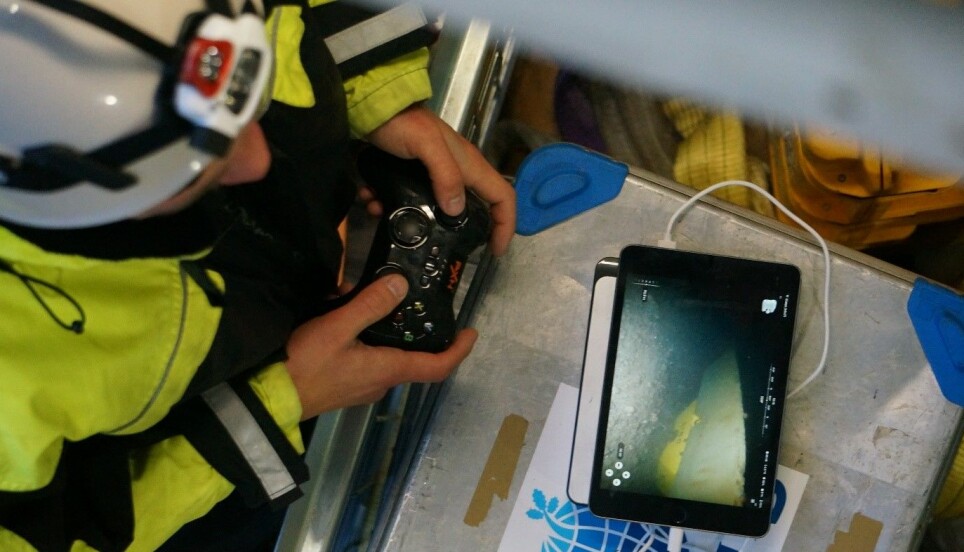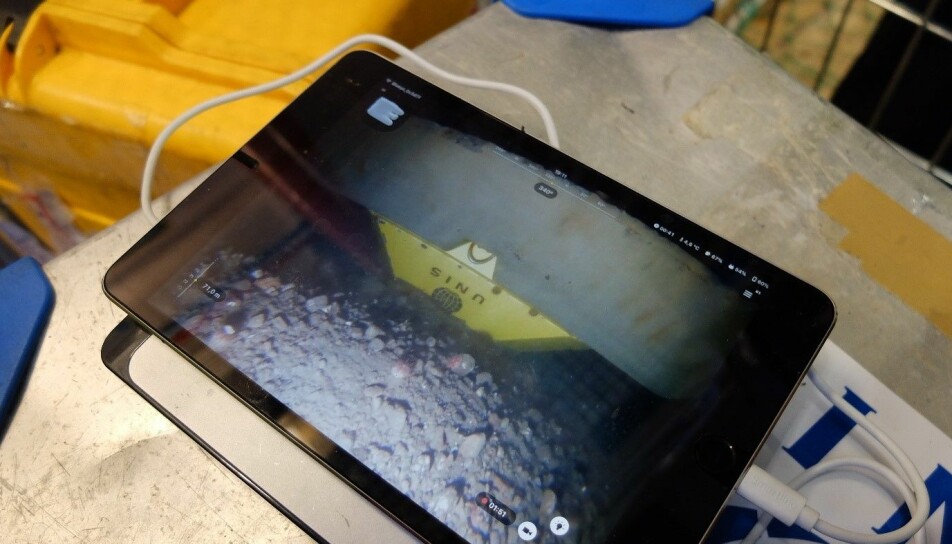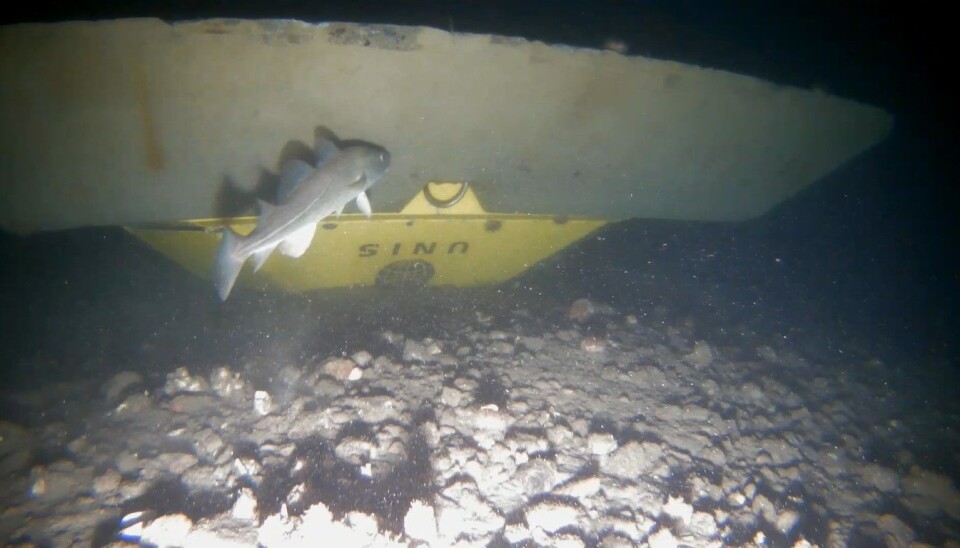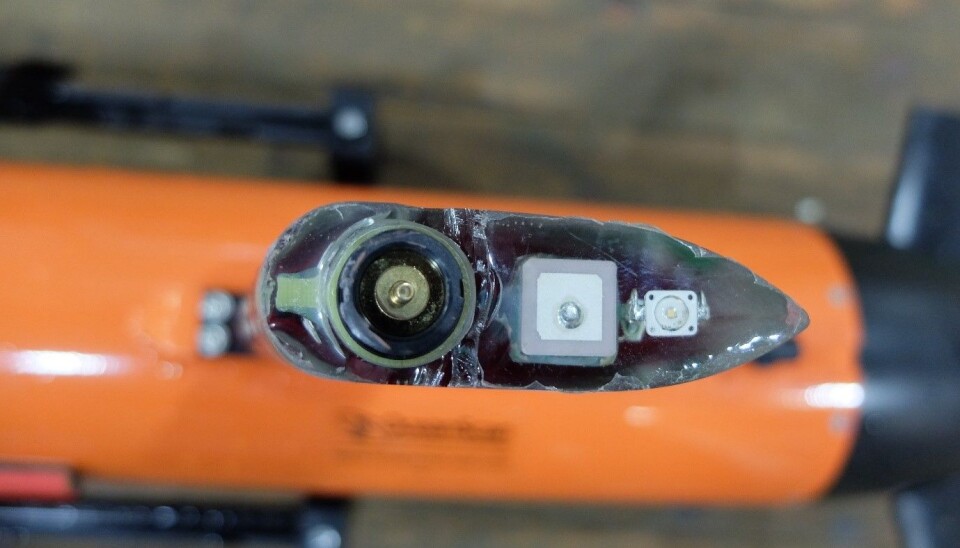
Research cruising in the Barents Sea: When Murphy Wins
This post is about real scientists failing unspectacularly.
Everything that can go wrong, will go wrong.
- Murphy’s law
Scientists in movies and on television are often presented as brilliant people, who know exactly what they are doing and what they want to achieve, furthermore, their experiments always succeed.
That is, if they fail, they fail spectacularly, becoming mutants, blowing up the world or some such.
This post is about real scientists and failing unspectacularly.
This is mainly because real scientists are also real people, and thus prone to all the real-life challenges, such as seasickness and tiredness, on top of trying to measure the temperature in the Barents Sea to the fifth decimal point.
Sometimes, scientists fail. Not because we are bad at science, but because failure is a part of trying. Unintended galvanic reaction alone has probably claimed its share of moorings, where shackles and chain have rusted away in the deep.
In October 2020, The Nansen Legacy conducted a cruise to the Barents Sea, with planned activities in turbulence measurements, Autonomous Underwater Vehicle (AUV) operations, and retrieval of moorings.
Some part of all these activities failed, things broke, and Murphy won.

Failure no. 1: The mooring
A trawl-proof mooring looks like a concrete pyramid with the top cut off, made such that fishing trawls will pass over it. It sits calmly on the seabed, measuring current, temperature and salinity, waiting for a research vessel to retrieve it.
On the morning of the retrieval, the ship steamed to the location of the mooring. The scientists on board activated the acoustic release and the mooring replied that it was released. Hopeful scientists and able seamen gathered on deck and scouted for the mooring, presumably rising to the surface by Archimedes might.
It is yellow, so it should not be so hard to spot.
Some time passed, but the mooring did not surface. The scientists performed range measurements and saw that its position did not move.
They accurately triangulated the position of the mooring and sent down a small robot to look for it, and after a while, they found it. Still sitting there on the seabed. There was, however, only one small problem: it was upside down.
The trawl proof mooring had been flipped, by a trawl presumably.
The general consensus was: Oh well, nothing we can do now, let’s come back for it later. Goodbye mooring, goodbye science, goodbye publications and goodbye completing the PhD.
Oh well, at least it was not the scientists’ fault, this time.

Failure no. 2: The AUV
An AUV is a torpedo-shaped robot, with a propeller, some fins for control and a lot of sensors for tasting, smelling and touching the ocean.
In this case the AUV is called Harald, and it has one extra sensor on board, a microstructure sensor. This sensor can measure tiny changes in temperature and flow, what is known as turbulence.
Some claim to know what turbulence is, but there is a nonzero chance that they are lying. Honestly, it is more complicated than quantum mechanics. I will not claim to understand it myself either.

To the point: to measure these tiny oceanic vibrations, the sensor needs some expensive and sensitive sensor probes. For our small test mission, we of course outfitted the sensor with a full range of probes, since it was only a test run and no real data was planned to be collected (direct example of how stupid scientists can be).
The test mission was as follows: dive to 5 meters depth, go 100 meters south and come back to the surface. This should take about 5 minutes, or less. The scientists were out with the small boat of the research vessel, the mission was underway, and life was good. Some 45 minutes later, after no contact with the AUV, the mood was quite different.
Where are you Harald? I do not want to tell my boss I lost equipment worth several years of my salary.
There was no contact with Harald, and it was believed to be lost. Suddenly, it was spotted from the bridge.
It’s underneath the ship!
Then it was gone again.
With a sudden movement, the boat driver sped the small boat around the research vessel and there it was, the AUV, Harald. A sight for sore eyes. Despair turned into elation: Whew! I thought I had lost 2 million NOK worth of equipment, before lunch even.
After that, the rescue mission was quick and effective. With everyone back on board, the damages were assessed. The other scientists on board had not seen probes more smashed than this.

Harald’s brain was opened and the code running in the vehicle was inspected. The failure stemmed from a single true/false statement in the code, a single bit, flipped, a 1 that should have been a 0. In this case, it made all the difference between success and failure. The AUV Harald had broken its antenna and was out of service for the rest of the cruise.

Failure no. 3: The VMP
A Vertical Microstructure Profiler (VMP) looks like a large, black and yellow toilet brush.
It is made to fall gracefully towards the seabed, measuring microstructure along its way into the abyss. It is connected to the ship via a cable that transmits data one way and power the other.
This instrument was broken when the scientists got on board, somewhere during the transit from Bergen. Something in the electronics failed and made the sensor output gibberish as data. The precise reason is still unknown, and the VMP was out of service for the rest of the cruise.
Doing our best
All that can go wrong, will go wrong. But not all the time.
It is not the aim of this post to paint a gloomy picture of ocean science, but rather to say that we don't always succeed.
The cruise, all in all was a success. A lot of data was gathered, moorings were retrieved and deployed, as were several glider vehicles, and the VMP had a backup: the MSS (Microstructure Sonde).
The mooring retrieval was attempted one week later, but without success. The current plan is to come back with a work class ROV, an underwater robot, to retrieve the mooring.
We work with sensors and instruments that often are one of a kind, and all of them have their strengths, weaknesses and quirks. As ocean scientists, we do not only need to know the ocean, we need to know our instruments. We need to know how they work, and all the million little things around their operation, the things we have yet to learn and the knowledge that is not written down.
We do our best, and sometimes we fail. We learn from our mistakes so that next time, we may succeed, and Murphy may lose.



























